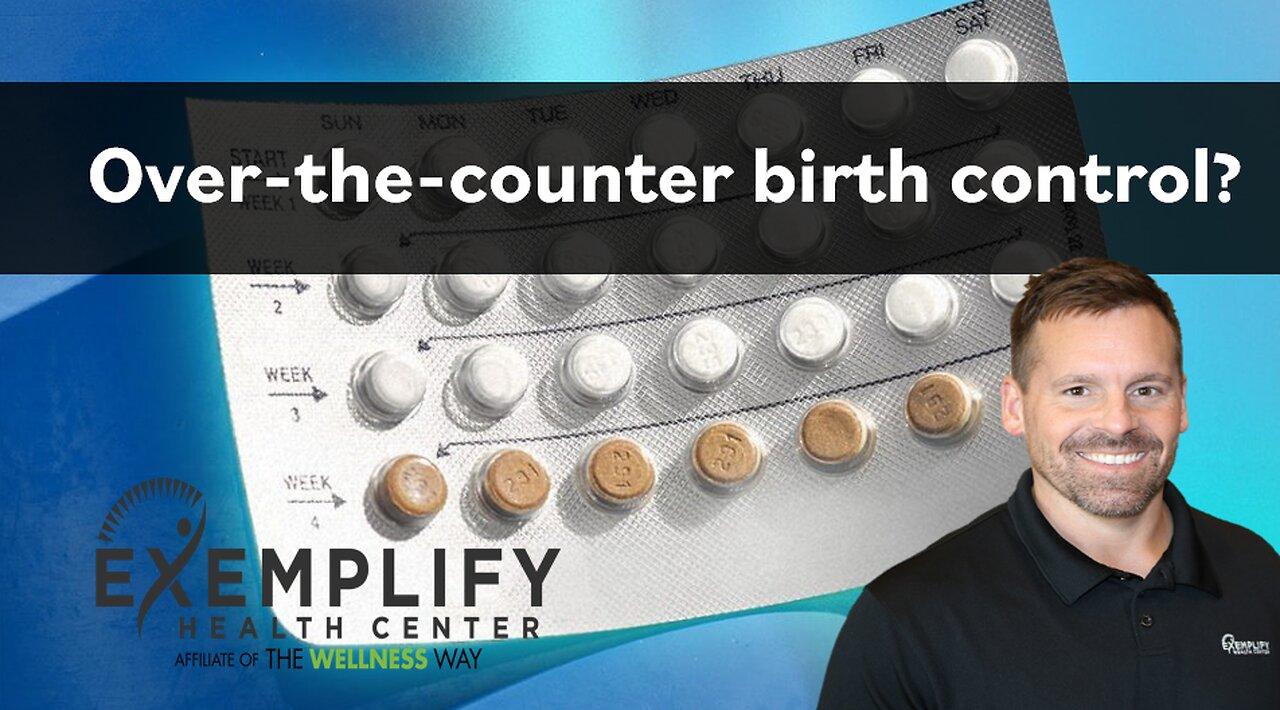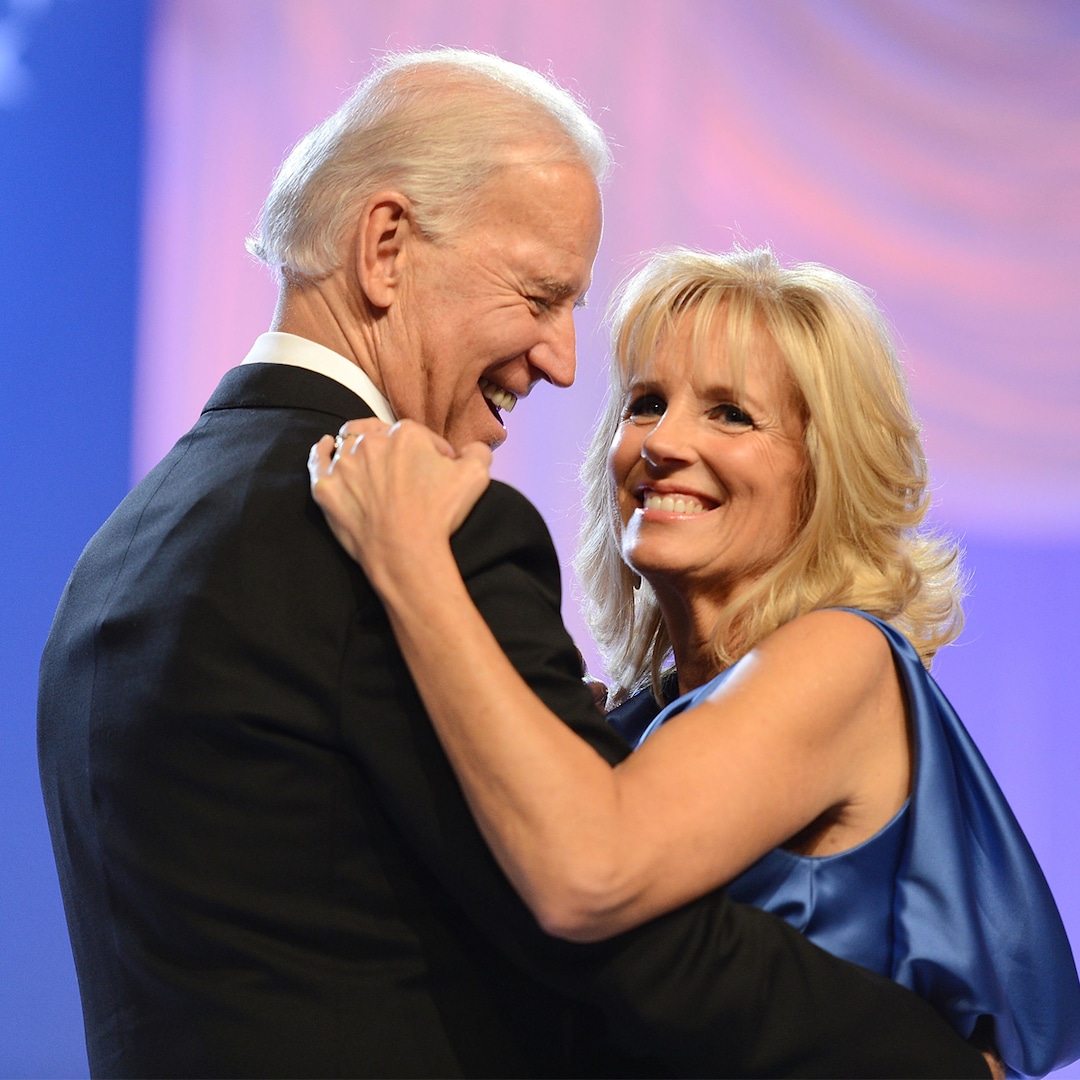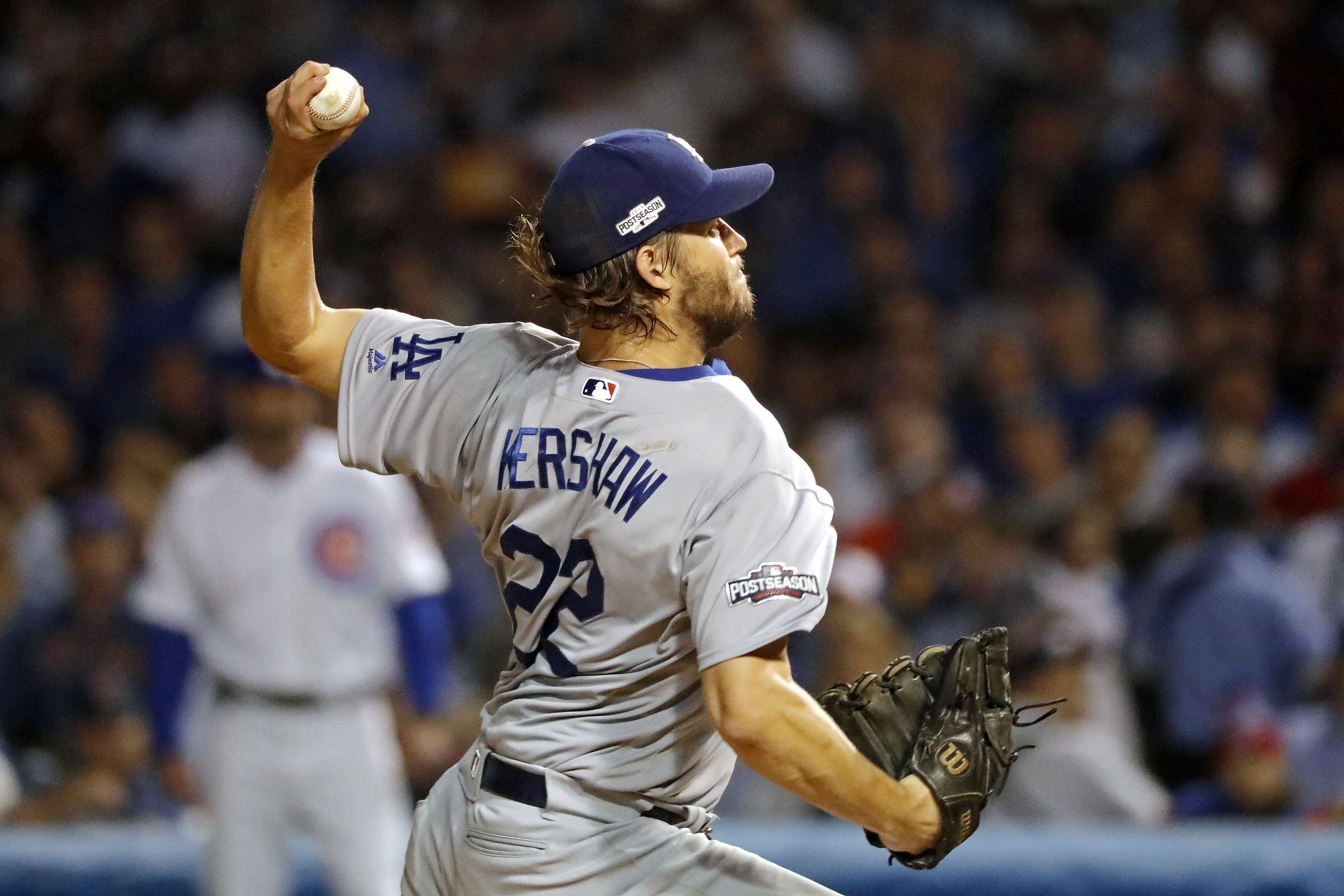The Sobering Truth: Why Women's Alcohol Consumption Is On The Rise

Table of Contents
Societal Pressures and Expectations
The "Ideal" Woman and Alcohol
Societal expectations often paint a picture of the "ideal" woman enjoying a glass of wine, suggesting it enhances relaxation, social success, and attractiveness. Advertising frequently reinforces this narrative, showcasing women in glamorous settings, effortlessly enjoying alcoholic beverages. Social media trends, like "wine nights" and pictures of cocktails, further normalize and glamorize alcohol consumption. This creates significant pressure on women to drink, blurring the lines between responsible enjoyment and problematic behavior.
- Examples: Advertisements featuring women laughing and socializing over cocktails, social media posts portraying alcohol as a key ingredient for a fun night out.
- Consequences: Women may feel compelled to drink to fit in, leading to increased consumption. Refusal to participate in drinking events can lead to feelings of exclusion, guilt, and social isolation. This pressure can contribute to the normalization of heavy drinking, hindering the recognition of problematic patterns.
Work-Life Balance and Stress
The modern woman often juggles multiple responsibilities: demanding careers, family commitments, and personal aspirations. This relentless pressure can lead to significant stress, and for many, alcohol becomes a coping mechanism. Long working hours, childcare responsibilities, and financial strain contribute to this trend.
- Factors: Exhaustion, lack of downtime, financial insecurity, marital problems, pressure to be the "perfect" parent and employee.
- Impact: Women may turn to alcohol to unwind or alleviate stress, potentially leading to increased risk of developing alcohol dependence. This can result in neglecting personal well-being, strained relationships, and compromised physical and mental health.
Marketing and Accessibility
Targeted Advertising
Alcohol marketing frequently employs strategies specifically targeting women. "Pink" alcohol brands, advertisements highlighting female empowerment, and campaigns emphasizing relaxation and self-care create targeted appeals. This sophisticated marketing exploits vulnerabilities and often presents misleading portrayals of alcohol consumption.
- Examples: Alcohol brands using pastel colors and feminine imagery in their marketing materials, advertising campaigns focused on female bonding and stress relief.
- Concerns: This targeted marketing can normalize and even romanticize alcohol consumption, downplaying the risks and encouraging increased intake. The strategies employed often play on societal expectations surrounding femininity and success.
Increased Availability
The accessibility of alcohol has significantly increased in recent years. Online ordering, 24/7 availability in many stores, and the rise of delivery services make alcohol easily obtainable. This convenience contributes to impulsive drinking and makes it easier for women struggling with alcohol use to access it.
- Factors: Convenience of online ordering, readily available alcohol at supermarkets and convenience stores, ubiquitous alcohol advertising online and in physical spaces.
- Consequences: Increased accessibility can lead to increased consumption, particularly for women who may be more vulnerable to impulsive behavior or have pre-existing struggles with alcohol.
Biological and Psychological Factors
Hormonal Influences
Hormonal changes throughout a woman's life, such as menstruation, pregnancy, and menopause, affect alcohol metabolism and its impact on the body. These hormonal fluctuations can lead to increased vulnerability to alcohol's effects and heightened risks of alcohol-related problems.
- Explanation: Hormonal shifts can influence the rate at which the body processes alcohol, resulting in higher blood alcohol concentrations and increased sensitivity to its effects.
- Risks: Women may experience more severe consequences from alcohol consumption during certain hormonal phases, increasing the risk of health problems and making it more difficult to manage alcohol use.
Mental Health Concerns
A strong correlation exists between mental health conditions, such as anxiety and depression, and increased alcohol consumption in women. Many women self-medicate with alcohol to cope with mental health challenges, creating a dangerous cycle.
- Statistics: Studies consistently show a higher prevalence of alcohol use disorders among women struggling with anxiety and depression.
- Solutions: Integrated treatment approaches addressing both mental health and alcohol dependence are crucial for effective intervention and long-term recovery.
Conclusion
The rise in women's alcohol consumption is a complex issue stemming from interwoven societal pressures, targeted marketing, and biological/psychological vulnerabilities. Understanding the interplay of these factors is crucial for developing effective strategies to promote responsible drinking and provide support for women struggling with alcohol use. If you or someone you know is struggling with women's drinking habits or female alcohol abuse, please seek support. Numerous resources are available to address alcohol use in women and promote healthier lifestyles. Don't hesitate to reach out for help; your well-being is paramount.

Featured Posts
-
 Padres Defeat Braves Gurriels Clutch Pinch Hit Rbi
May 15, 2025
Padres Defeat Braves Gurriels Clutch Pinch Hit Rbi
May 15, 2025 -
 Trumps Oil Price Outlook Insights From Goldman Sachs Social Media Review
May 15, 2025
Trumps Oil Price Outlook Insights From Goldman Sachs Social Media Review
May 15, 2025 -
 The Impact Of Over The Counter Birth Control In A Post Roe World
May 15, 2025
The Impact Of Over The Counter Birth Control In A Post Roe World
May 15, 2025 -
 Watch Joe And Jill Bidens The View Interview A Complete Guide
May 15, 2025
Watch Joe And Jill Bidens The View Interview A Complete Guide
May 15, 2025 -
 Dodgers Quiet Bats Lead To Defeat Against Cubs
May 15, 2025
Dodgers Quiet Bats Lead To Defeat Against Cubs
May 15, 2025
